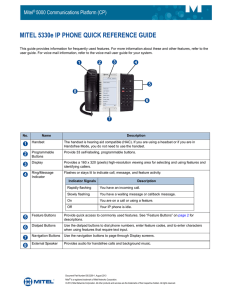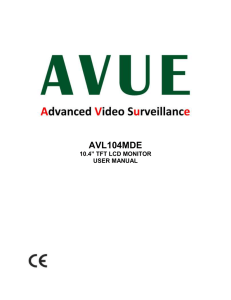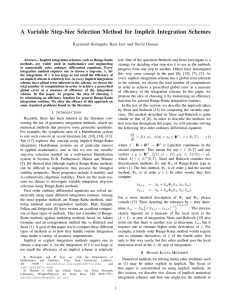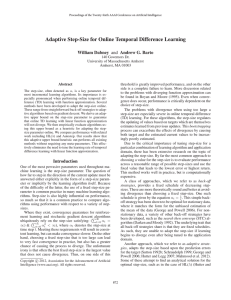mathematics 12 review
advertisement
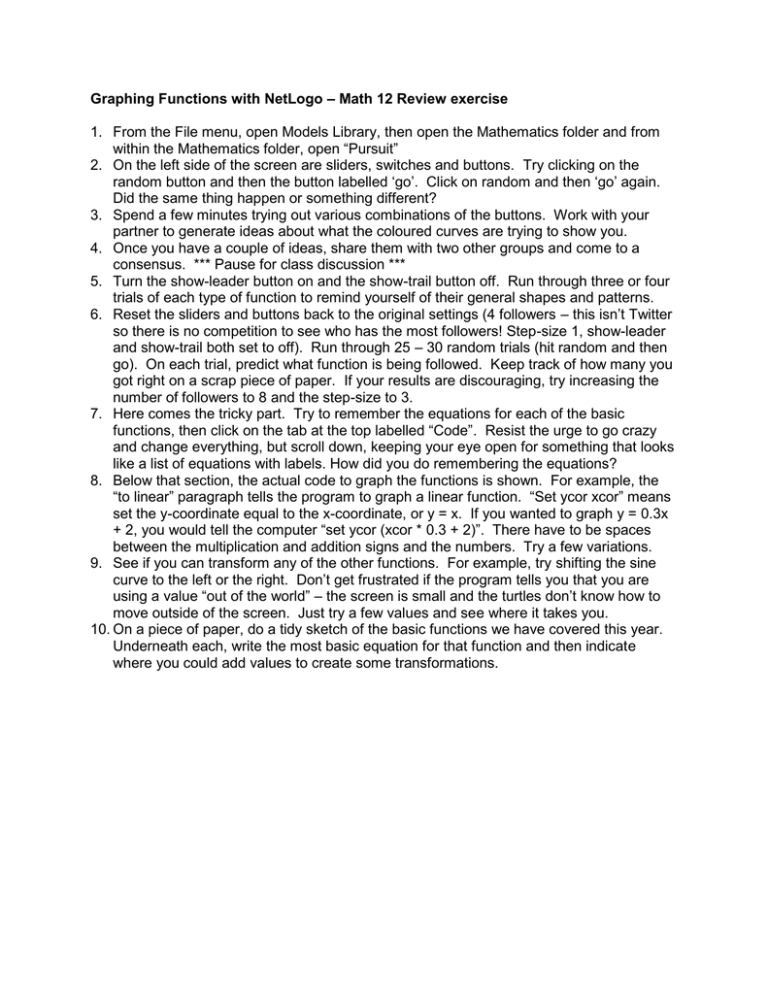
Graphing Functions with NetLogo – Math 12 Review exercise 1. From the File menu, open Models Library, then open the Mathematics folder and from within the Mathematics folder, open “Pursuit” 2. On the left side of the screen are sliders, switches and buttons. Try clicking on the random button and then the button labelled ‘go’. Click on random and then ‘go’ again. Did the same thing happen or something different? 3. Spend a few minutes trying out various combinations of the buttons. Work with your partner to generate ideas about what the coloured curves are trying to show you. 4. Once you have a couple of ideas, share them with two other groups and come to a consensus. *** Pause for class discussion *** 5. Turn the show-leader button on and the show-trail button off. Run through three or four trials of each type of function to remind yourself of their general shapes and patterns. 6. Reset the sliders and buttons back to the original settings (4 followers – this isn’t Twitter so there is no competition to see who has the most followers! Step-size 1, show-leader and show-trail both set to off). Run through 25 – 30 random trials (hit random and then go). On each trial, predict what function is being followed. Keep track of how many you got right on a scrap piece of paper. If your results are discouraging, try increasing the number of followers to 8 and the step-size to 3. 7. Here comes the tricky part. Try to remember the equations for each of the basic functions, then click on the tab at the top labelled “Code”. Resist the urge to go crazy and change everything, but scroll down, keeping your eye open for something that looks like a list of equations with labels. How did you do remembering the equations? 8. Below that section, the actual code to graph the functions is shown. For example, the “to linear” paragraph tells the program to graph a linear function. “Set ycor xcor” means set the y-coordinate equal to the x-coordinate, or y = x. If you wanted to graph y = 0.3x + 2, you would tell the computer “set ycor (xcor * 0.3 + 2)”. There have to be spaces between the multiplication and addition signs and the numbers. Try a few variations. 9. See if you can transform any of the other functions. For example, try shifting the sine curve to the left or the right. Don’t get frustrated if the program tells you that you are using a value “out of the world” – the screen is small and the turtles don’t know how to move outside of the screen. Just try a few values and see where it takes you. 10. On a piece of paper, do a tidy sketch of the basic functions we have covered this year. Underneath each, write the most basic equation for that function and then indicate where you could add values to create some transformations.




